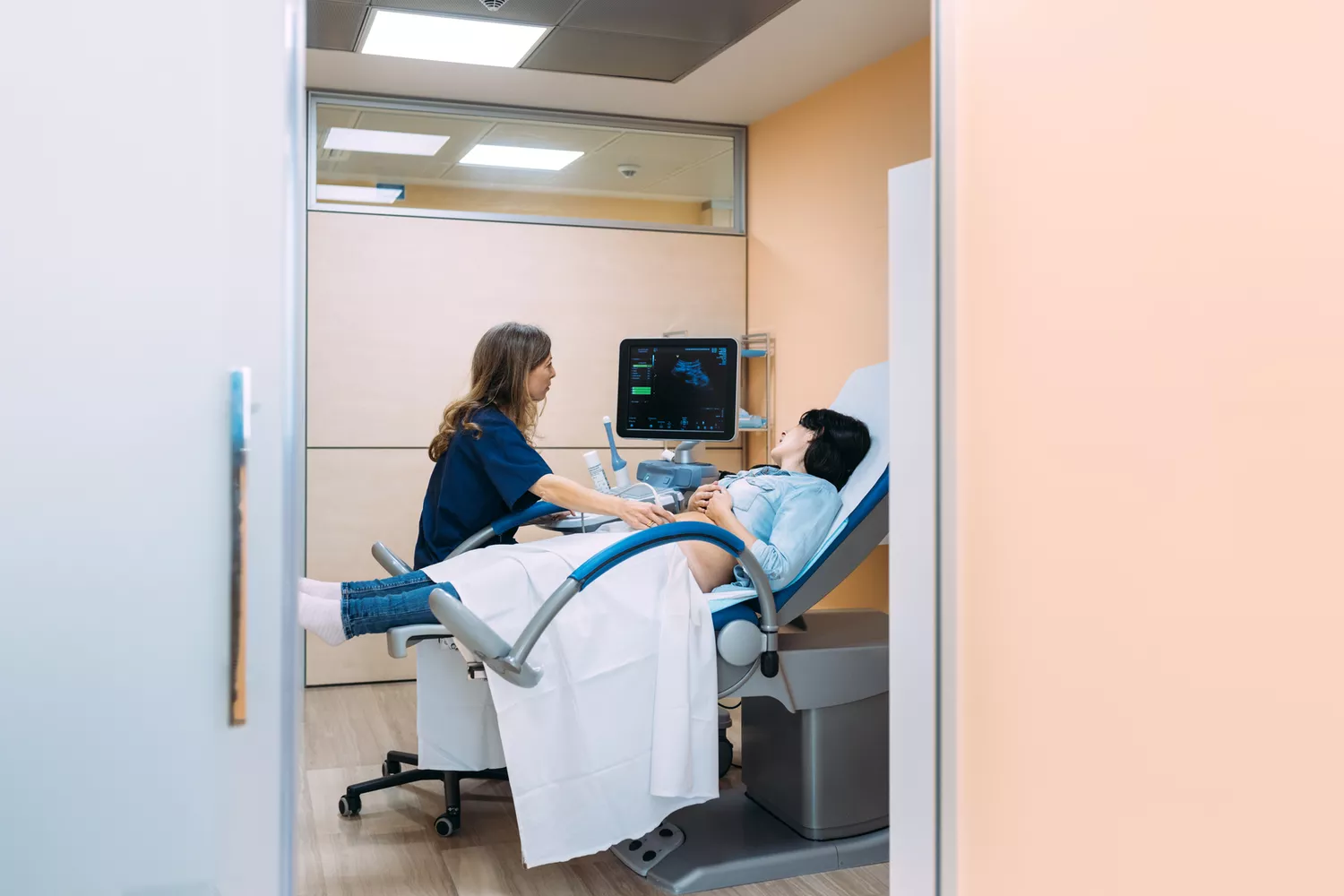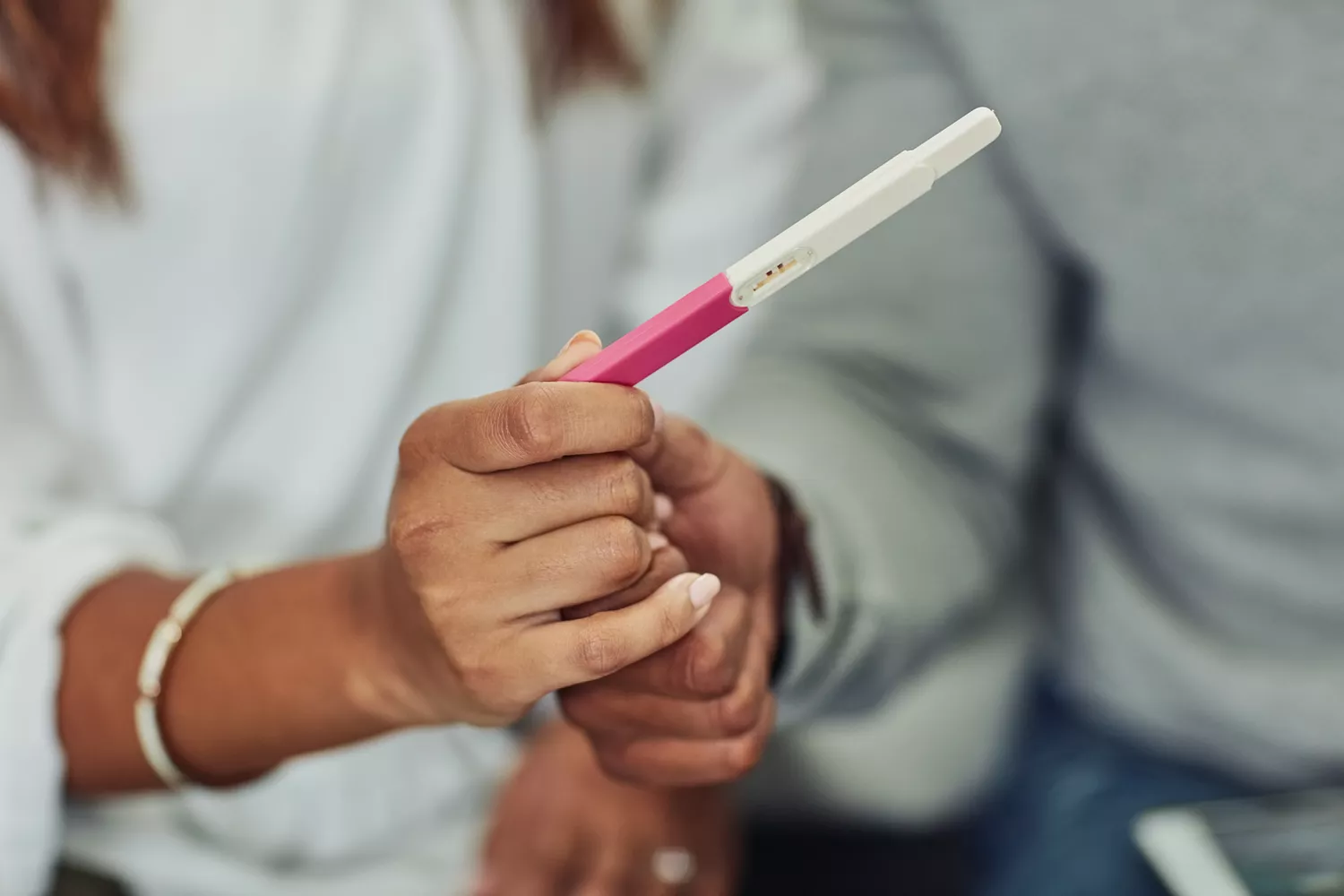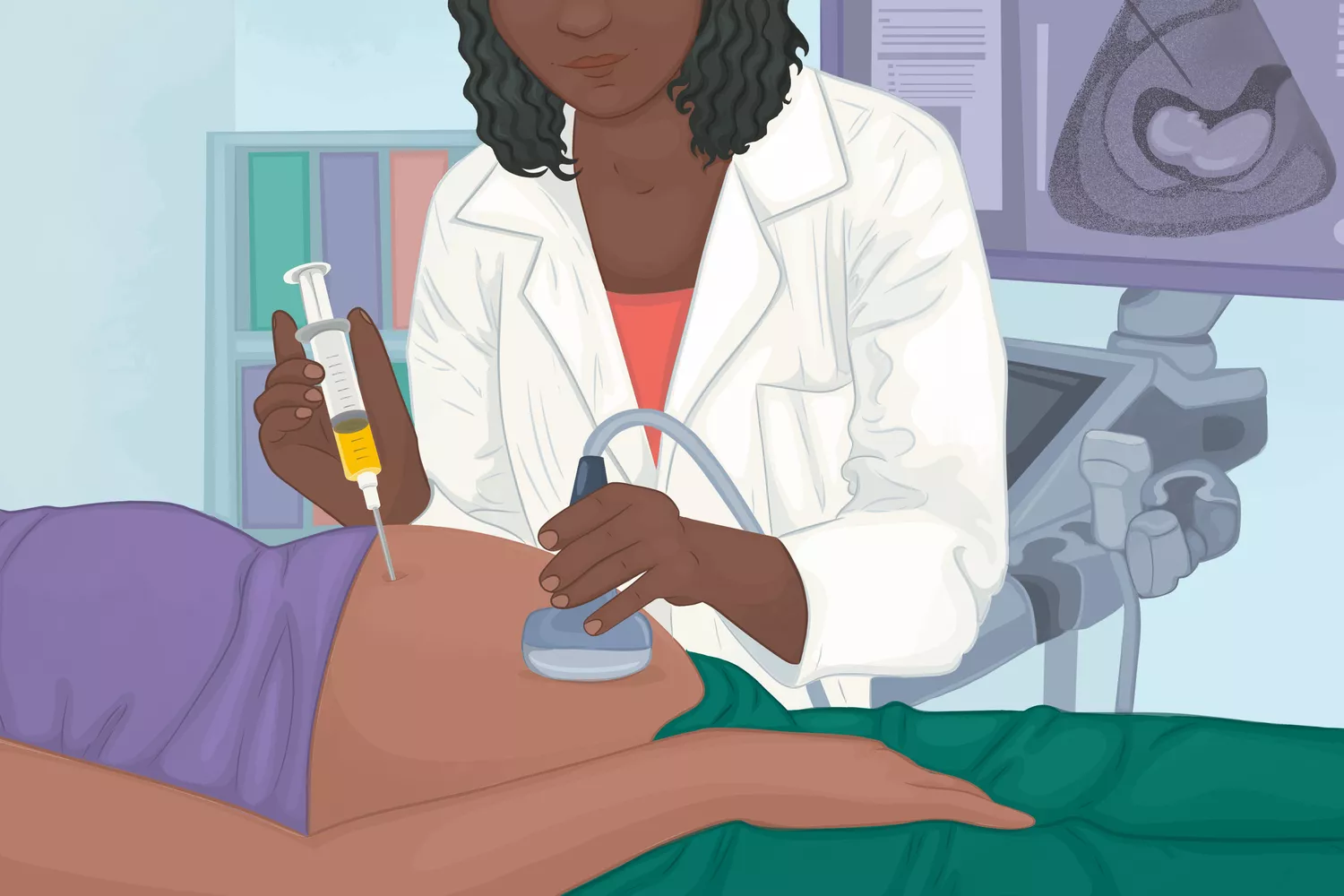What is chorionic Villus sampling?


You’ll have a variety of screening and testing procedures available to you during your pregnancy. The chorionic-villus sampling test (CVS) is an optional prenatal screening that can detect genetic disorders and birth defects in unborn children.
The CVS procedure is performed by Nisarg Patel MBBS MS, an obstetrician-gynecologist board certified in obstetrics and gynecology. These cells contain , the same genes that are found in the fetus.
Continue reading to learn more about chorionic villus sampling.
What is Chorionic Villus Sampling?
Some women undergo chorionic villus samples between weeks 10 to 13 of pregnancy. It is used to screen for certain genetic or chromosomal abnormalities.
Why do people get chorionic villus sampling?
The CVS test may be performed in some cases as a follow up to the noninvasive prenatal testing (NIPT). that is done after the 10th weeks of pregnancy. The NIPT test looks for Down syndrome, Trisomy 13, and Trisomy 18 as well as other sex-chromosome anomalies.
Your doctor may suggest a chorionic villus sampling test if your NIPT shows an elevated risk for certain chromosomal disorders. They can then get a clearer picture of what is going on. If your doctor finds abnormalities in an early ultrasound, CVS may be recommended.
Here are a few more reasons your doctor may recommend CVS while pregnant.
- Family history of genetic diseases. If you or your partner have a close relative with a genetic disorder, then your child could be at heightened risk.
- Being 35 years old and older. Your baby is at a greater risk of developing genetic disorders if you are 35 years old or older. Being over 40 also increases the risk.
- If you already have a child with a gene disorder, your chances of having a second baby with the same disorder are increased.
What does CVS test for?
Tests for chorionic villus samples to determine the following conditions:
- Down Syndrome (Trisomy 21).
- Trisomy 18
- Tay-Sachs Disease
- Cystic Fibrosis
- Sickle Cell Disease
- Turner syndrome
When is chorionic villus sampling done?
Not every person gets CVS during pregnancy. If you are recommended to have CVS because of risk factors, the procedure is performed between 10th and 12th weeks.
9 Birth defects that can occur in babies
How does the CVS procedure look?
The ultrasound will confirm the gestational position and age of your baby before CVS. According to March of Dimes, the entire procedure lasts about 30-45 mins, but only a few moments are spent on the extraction. The procedure is usually done in the office of your doctor or at an outpatient facility.
According to The American Pregnancy association, there are two ways to perform the CVS test. The American Pregnancy Association provides information on each CVS procedure.
Transcervical CVSThis CVS test involves inserting the catheter through the opening of the cervical canal into the uterus to take samples.
TransabdominalCVS:Your provider will use Ultrasound imagingto guide a thin, flexible needle through your abdomen into your uterus, where they’ll collect cells from your placenta.
Your Pregnancy To-Do List
The Risks of Chorionic Villus Sampling
CVS is a low-risk procedure, but it’s important to discuss the risks with your doctor. These are some of the possible complications that can occur with chorionic villus sampling.
- Miscarriage
- Infection
- Preterm labor
- Rh Sensitization
- The Cleveland Clinic states that this is a rare occurrence and is usually caused by CVS being performed too soon, typically before 9 weeks.
- Amniotic fluid leakage
- Insufficient or non-conclusive sampling
The chances of these CVS complications are very low. The miscarriage rate associated with CVS is between 0.2% and 1%. 3 Dr. Patel also says that the risks of infection or Rh sensitization (less than 1% in each case) are very low.
What does CVS feel like?
According to March of Dimes, some people do not feel anything at all during the CVS procedure while others report minor discomfort or cramping.
9 Causes of miscarriage
What to expect after CVS testing
You’ll probably rest in the doctor’s office for an hour after a CVS procedure. You may feel some minor discomfort and cramping after the procedure, but this usually only lasts a few moments. After the procedure, you may experience light bleeding or spotting. You may be advised to take a break from the procedure after CVS as it is emotionally draining.
After the test, if your doctor is comfortable that you leave, you may resume your normal activities. You should avoid strenuous activity for the first couple of days following CVS testing.
If you notice any bleeding, call your doctor immediately. Dr. Patel says it’s also important to stay hydrated and use acetaminophen for pain or cramps.
Dr. Patel also advises contacting your healthcare provider if you have the following symptoms following CVS:
- Heavy bleeding
- Contracts
- Fluid leaking out of the vagina
- Flu-like symptoms or fever within 24 hours
CVS procedure with twins
You may need to have two CVS procedures if you are expecting twins. One for each fetus.
Finding Results with Chorionic Villus Samples
The lab will analyze the sample taken for CVS and you should receive results in 7-14 days. According to The Cleveland Clinic CVS results are 99% accurate. However, they do not detect severity.
The majority of CVS tests do not detect any issues. However, if the procedure reveals a genetic or birth defect, your doctor will advise you on what to do. Sometimes, medication or surgery is needed to correct the problem before delivery. A genetics specialist may also recommend counseling, depending on results. Knowing your baby’s condition will help you to make an informed decision about whether or not to continue the pregnancy and how you plan for a child who has special needs.
Third Trimester Health
Amniocentesis vs. Chorionic Villus Sampling
Amniocentesis, another prenatal test, uses a small amount of amniotic liquid. CVS and Amniocentesis both require more invasive procedures than NIPT but are more accurate in detecting genetic abnormalities.
The timing is the main difference between CVS (which can be performed at 10-13 weeks as opposed to 15 weeks) and amniocentesis. CVS allows parents to have more time for preparation or decision-making after receiving the results.
CVS does not test for defects of the neural tube, such as spina bifida.










